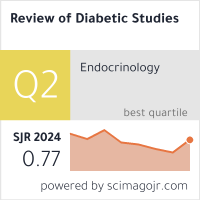Comprehensive Review Of Prehospital Airway Management Techniques
DOI:
https://doi.org/10.1900/pqzs5646Keywords:
Prehospital Airway Management, EMS, Paramedicals.Abstract
Prehospital airway management is a critical aspect of emergency medical care that directly impacts patient survival and long-term outcomes. This comprehensive review examines the techniques, challenges, and evidence-based recommendations for airway management in the prehospital setting. Basic airway interventions, including manual maneuvers, oropharyngeal and nasopharyngeal airways, and bag-valve-mask ventilation, are foundational skills for all emergency medical services (EMS) providers. Advanced airway devices, such as supraglottic airways and endotracheal intubation, offer definitive airway control but require higher levels of training and expertise. The choice of airway technique depends on various factors, including provider skill level, patient characteristics, and situational constraints. Recent guidelines emphasize a stepwise approach, prioritizing oxygenation and ventilation over procedural complexity. Bag-valve-mask ventilation is recommended as the initial management strategy, followed by supraglottic airway devices when advanced interventions are necessary. Endotracheal intubation is reserved for systems with established high-quality performance and continuous provider training. Complications, such as hypoxia, aspiration, and airway trauma, can be mitigated through rigorous adherence to protocols, prompt use of rescue devices, and ongoing simulation-based training. Special considerations for pediatric, geriatric, and trauma patients are discussed, highlighting the importance of patient-centered decision-making. The integration of advanced technologies, such as video laryngoscopy, and the emphasis on competency-based education and quality improvement initiatives are shaping the future of prehospital airway management. This review provides a comprehensive understanding of the current state of prehospital airway management, guiding EMS providers and systems in delivering safe and effective care in challenging out-of-hospital environments.
Downloads
Published
Issue
Section
License

This work is licensed under a Creative Commons Attribution-ShareAlike 4.0 International License.


